How to achieve business readiness in a changing world
Walk Me
JULY 11, 2023
Business readiness is crucial in ensuring that organizations are equipped to handle and embrace change. It involves assessing the company’s current state, identifying gaps, and implementing change management strategies to bridge those gaps, ultimately enabling the company to own and accept the changes that lie ahead.


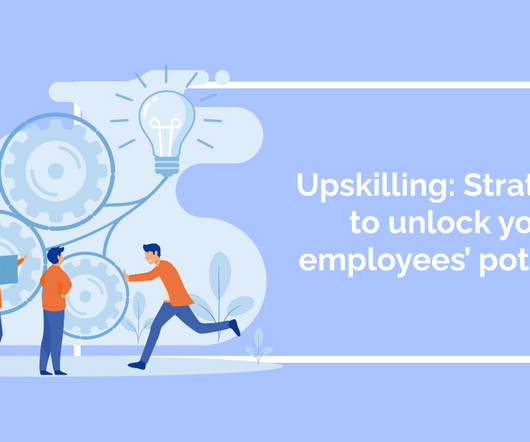
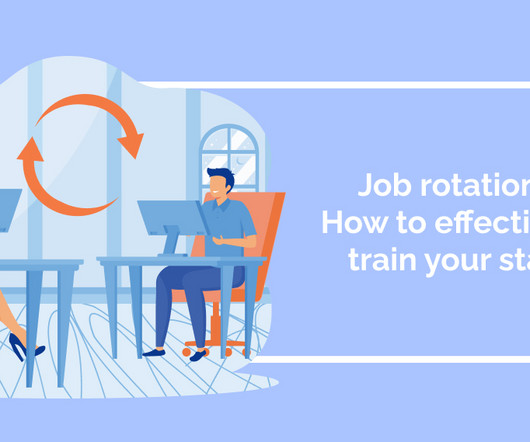
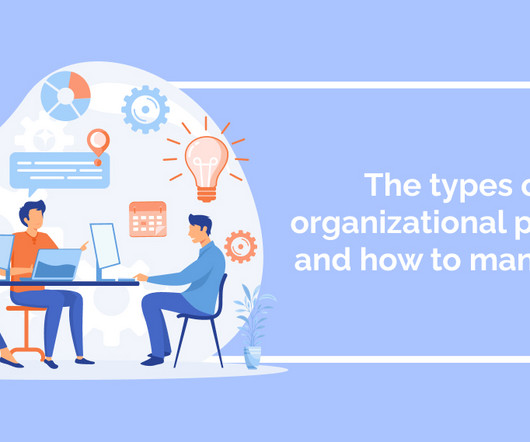
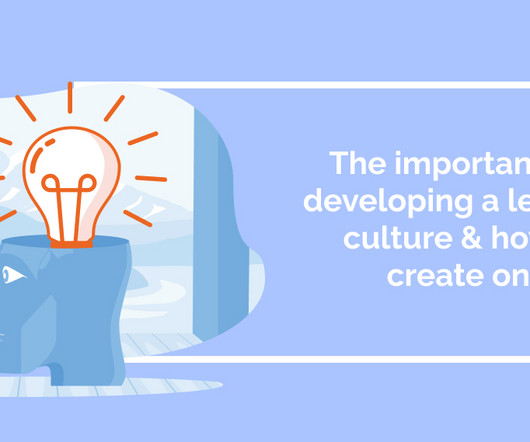
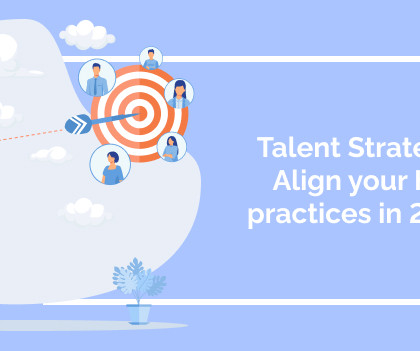


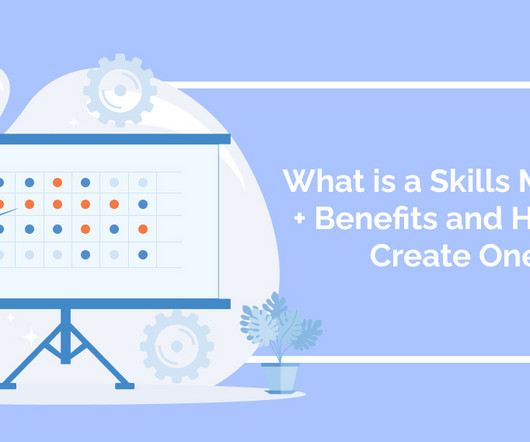








Let's personalize your content